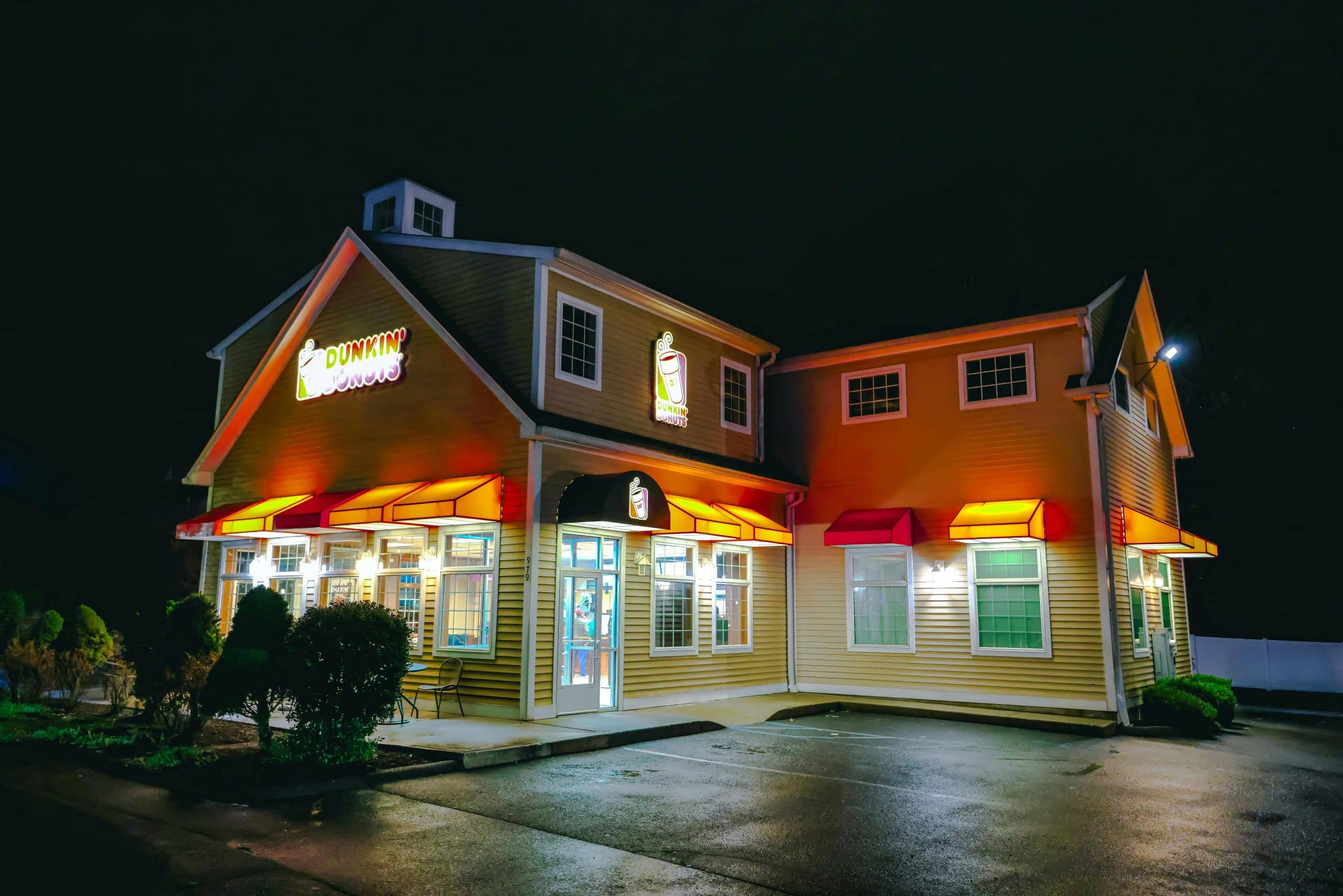In the early 1980s, Bexar County Hospital’s pediatric intensive care unit in San Antonio, Texas, saw a disturbing pattern of child deaths that perplexed doctors who worked there. Specifically, an alarming number of infant fatalities under suspicious circumstances occurred during which nurse Genene Jones, who would later become known as the “Angel of Death,” was present. These children lived in her care and were dying from conditions that typically weren’t life-threatening, raising serious concerns among hospital staff. However, it would take authorities a long time before they recognized the connection between Jones and these mysterious deaths, but why?
Suspicious Child Death Plagues Hospital
These deaths were documented in October 1981 when a concerned colleague took notice of the unusually high mortality rate and reported these findings to the head nurse. An internal hospital investigation confirmed Genene Jones’ presence at every unexpected death, but it shockingly had little impact in removing her from her position. This failure to intervene ultimately proved disastrous as Genene Jones’ deadly pattern continued, with the eventual victim count estimated at sixty or more children before her capture.
Genene Jones was born in July 1950, becoming one of America’s most notorious medical serial killers. To make Jones even more sickening, she worked as a pediatric nurse in Texas during the early 1980s. She operated under the chilling nickname “Angel of Death,” possibly murdering approximately sixty infants through lethal injections of digoxin, heparin, and other powerful medications. Reportedly, the children that Jones cared for suffered unexplained medical crises that typically proved fatal. Sadly, hospital administrators failed to act decisively even when the pattern first became apparent.
Victim Brings Genene Jones’ Downfall
An internal report was conducted when initial suspicions emerged at Bexar County Hospital concerning Genene Jones’s suspicious involvement with numerous infant deaths. While her presence was confirmed for each death, Jones didn’t face serious consequences but was transferred to a Kerrville pediatric clinic, where the deadly pattern continued. Like Bexar, Kerrville hesitated to take action due to insufficient concrete evidence and concerns about reputational damage and legal liability. As a result, Jones had full rein to continue practicing without restriction.
When 15-month-old Chelsea Ann McClellan died after a routine vaccination appointment, the case finally broke with an autopsy revealing evidence of succinylcholine poisoning. As reported by investigators, a compromised medication vial with an unexplained puncture mark was discovered. This tragic death led to Genene Jones’ removal from the clinic, which was coincidentally followed by an immediate end to the mysterious medical emergencies that had plagued the facility. Ultimately, the nurse’s departure and the abrupt end of the crisis proved the clearest indication yet of her culpability.
Find Reasoning in Genene Jones’ Actions
According to investigators, several theories about Genene Jones’s motivations for harming infants under her care were developed. In some speculations, Jones wanted to manufacture medical emergencies to demonstrate the necessity of pediatric units, particularly in Kerrville, where elderly patients typically received more attention than children.
On the other hand, others believed Genene Jones had more selfish intentions, seeking to elevate her professional reputation. By working alongside Dr. Holland, Jones could appear in a good light and heroically save critically ill infants. These explanations may provide possible rationale, but if there’s one thing that authorities unanimously agree on, it’s that a severe psychological disturbance played a part in her behavior patterns.
Genene Jones would have two separate trials, with the first focusing on 15-month-old Chelsea McClellan’s death, resulting in a 99-year sentence in February 1984. The second trial examined her actions at another medical facility, bringing an additional 60 years to her incarceration. Following the emotional testimony from grieving parents, they were assured Jones would remain ineligible for parole consideration.
One More Victim Following Conviction
When new evidence emerged regarding 11-month-old Joshua Sawyer’s death, a scheduled release due to prison overcrowding was prevented in 2018. Notably, this case was the only one where Jones admitted guilt, leading to additional charges and transfer to a different correctional facility. As of now, the former nurse is being held with bail set at one million dollars. The case raises important questions about institutional oversight in healthcare settings, with the sadistic nurse confined as one of the most disturbing examples of medical professionals violating their oath.








